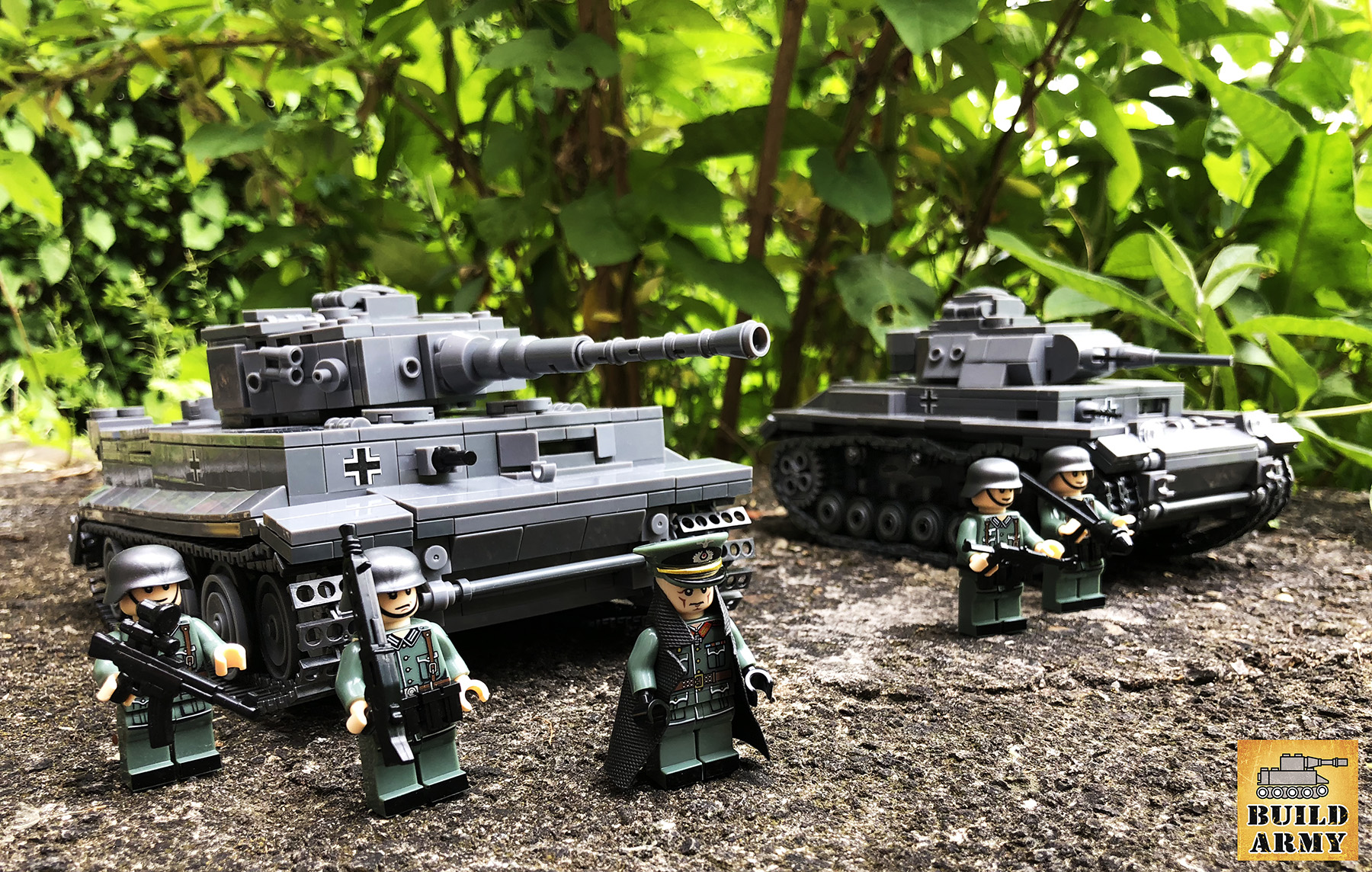
He is now part of a subculture that unites adult fans of LEGO (or AFOLs as they are known) and military buffs. Siskind is a former “master builder,” the top LEGO designers who assemble the models you find displayed in stores. He spun its tiltrotor propellers in a hand-held simulated flight. Although built from LEGO pieces, this one is bigger and, arguably, even more elaborate and life-like.


In a video interview from Minneapolis, Minnesota, Dan Siskind pulled up a large model of the aircraft to the camera. Greenwood, the company spokesperson, refused to comment further on why LEGO changed its mind on the Osprey model or why it was produced in the first place.īut LEGO canceling its Osprey set hasn’t stopped fans from creating their own versions. “We have a long-standing policy of not creating sets which feature real military vehicles that are currently in use,” Ryan Greenwood, a spokesman for the company, said in an email to CNN.īut during the summer, the Danish company released a set for the V-22 Osprey, a tiltrotor aircraft manufactured by Boeing and Bell Helicopter Textron that is only used by the American and Japanese militaries. That is, except for anything modeled on today’s military. Nothing from the real world, it seems, is off limits. There’s even a kit to make Rome’s famous Colosseum.

Its toy sets – which are intended to “inspire the builders of tomorrow,” according to the company’s mission statement – run the gamut, from skyscrapers to boats, police stations to castles. The conglomerate is LEGO, with worldwide revenues of $6.2 billion in 2019 from its toys, retail stores, theme parks and even movie rights. Not that those tiny weapons could actually hurt anyone. This is a story about a multibillion-dollar international conglomerate, arms manufacturers, a German peace group and renegades who make miniaturized weapons systems out of small shops.


 0 kommentar(er)
0 kommentar(er)
